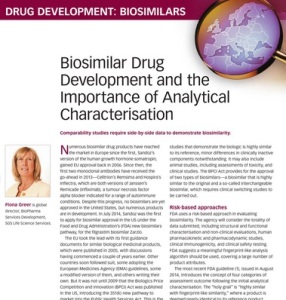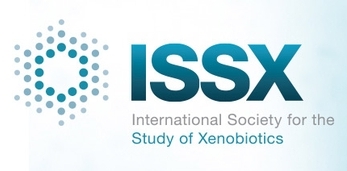Coming back to our series of posts on biosimilars and immunogenicity, we want to put the spotlight today on regulatory requirements.
Recently, an article by Fiona Greer describing this area of research & development was published in Pharmaceutial Technology Europe. In brief, while the EMA has some clear guidelines, the FDA is still working on it, though the new 351 (k) pathway seems to shed some light in the regulation of biosimilars and the notion of “biosimilarity”.
Depending on the level of “biosimilarity” between one biosimilar and its reference biological, there are a ser ies of tests that must be performed. As discussed in previous posts, development of biosimilars may involve clinical studies, as well as extensive research to prove that the therapeutic application can be the same as the reference biological.
ies of tests that must be performed. As discussed in previous posts, development of biosimilars may involve clinical studies, as well as extensive research to prove that the therapeutic application can be the same as the reference biological.
As for analytical characterisation, biosimilars must be studied in different areas, including physicochemical analytics, determination of the variability of quality attributes (including the characterisation of the cell line(s) producing the biosimilar), composition, primary and higher order structure, purity, product-related substances and impurities, post-translational modifications (especially, glycosylation), and of course, biological activity, including immunogenicity.
State-of-the-art techniques include quite a lot of Mass Spec and chromatography, and the article extensively describes these techniques and their use in view of the regulations, with all their variants, in a very pedagogical manner.
In any case, new technologies are emerging, including epitope mapping to assess immunogenicity, and Host-Cell-Protein analysis to determine contaminants coming from the cell lines used in the manufacturing of biologicals and biosimilars.
This field is continuously advancing, and new developments appear every month. So stay tuned!



